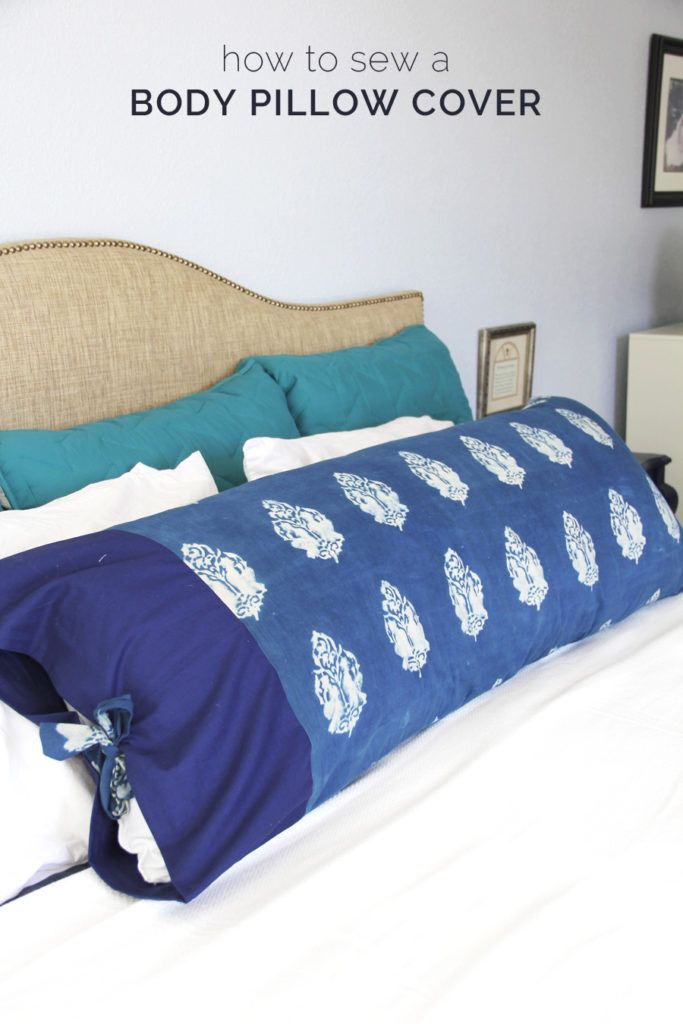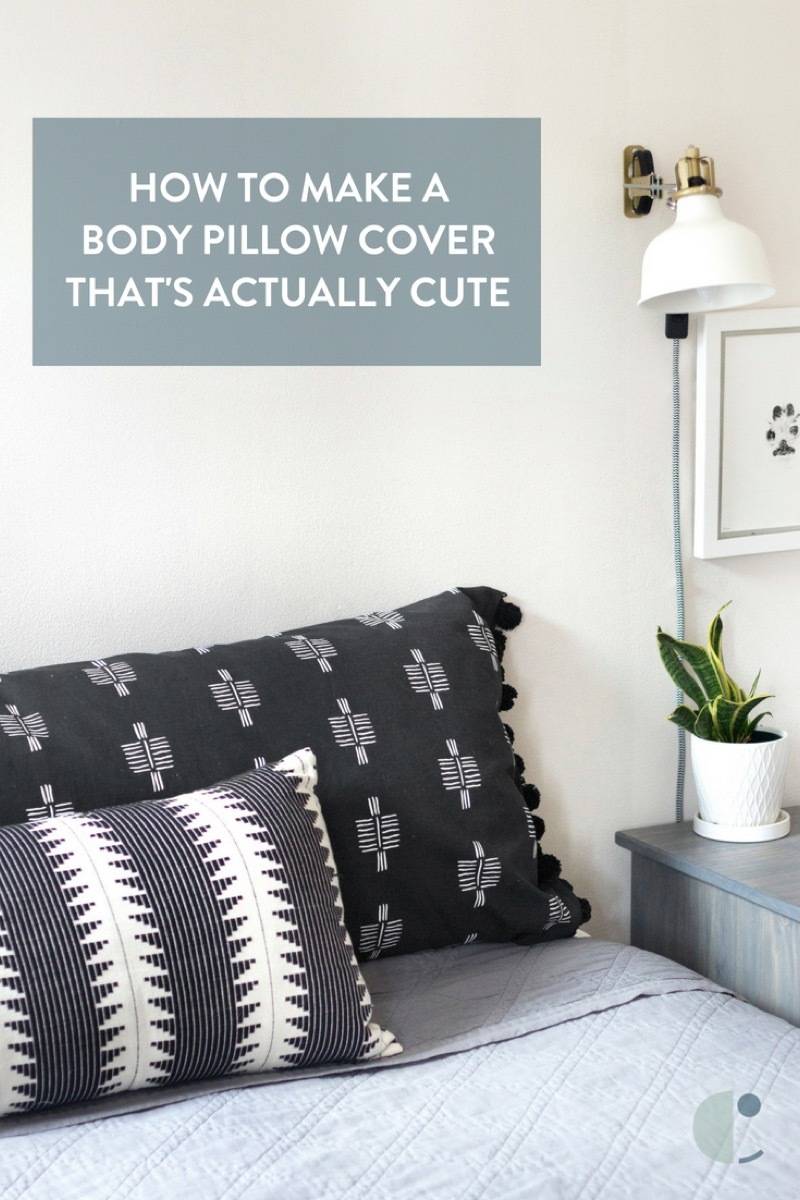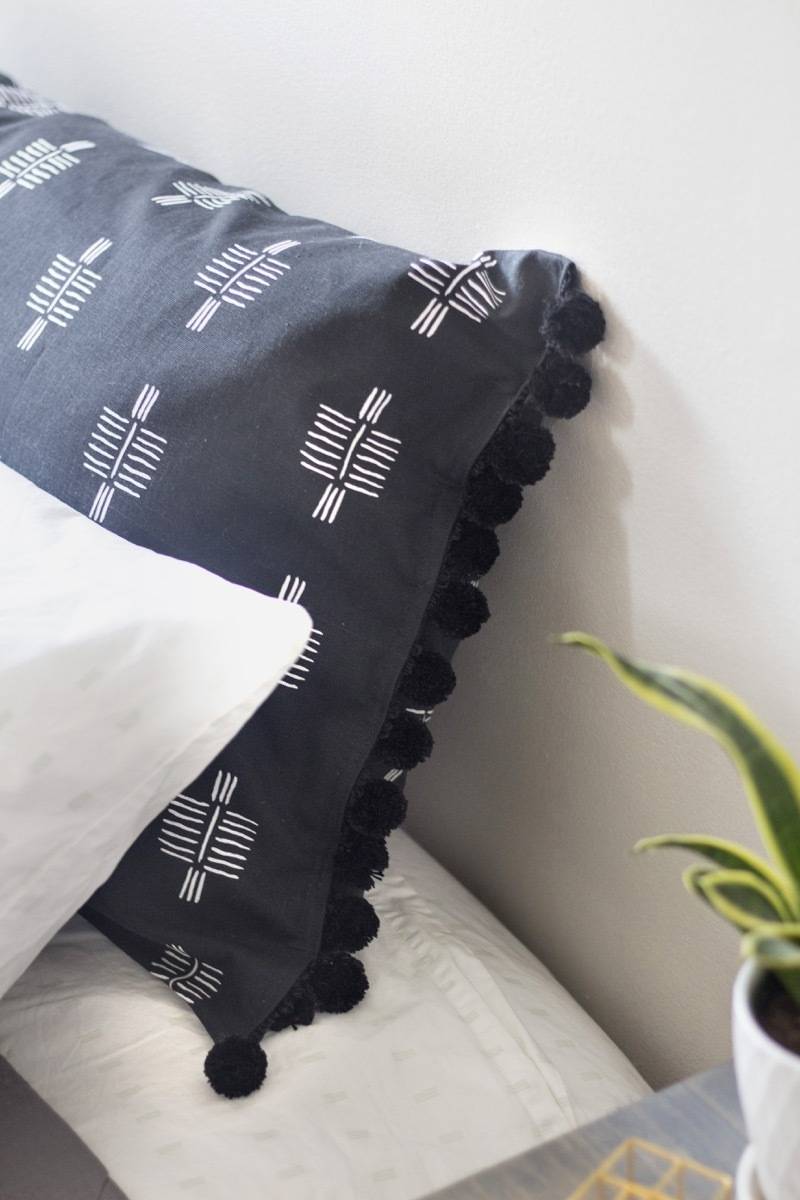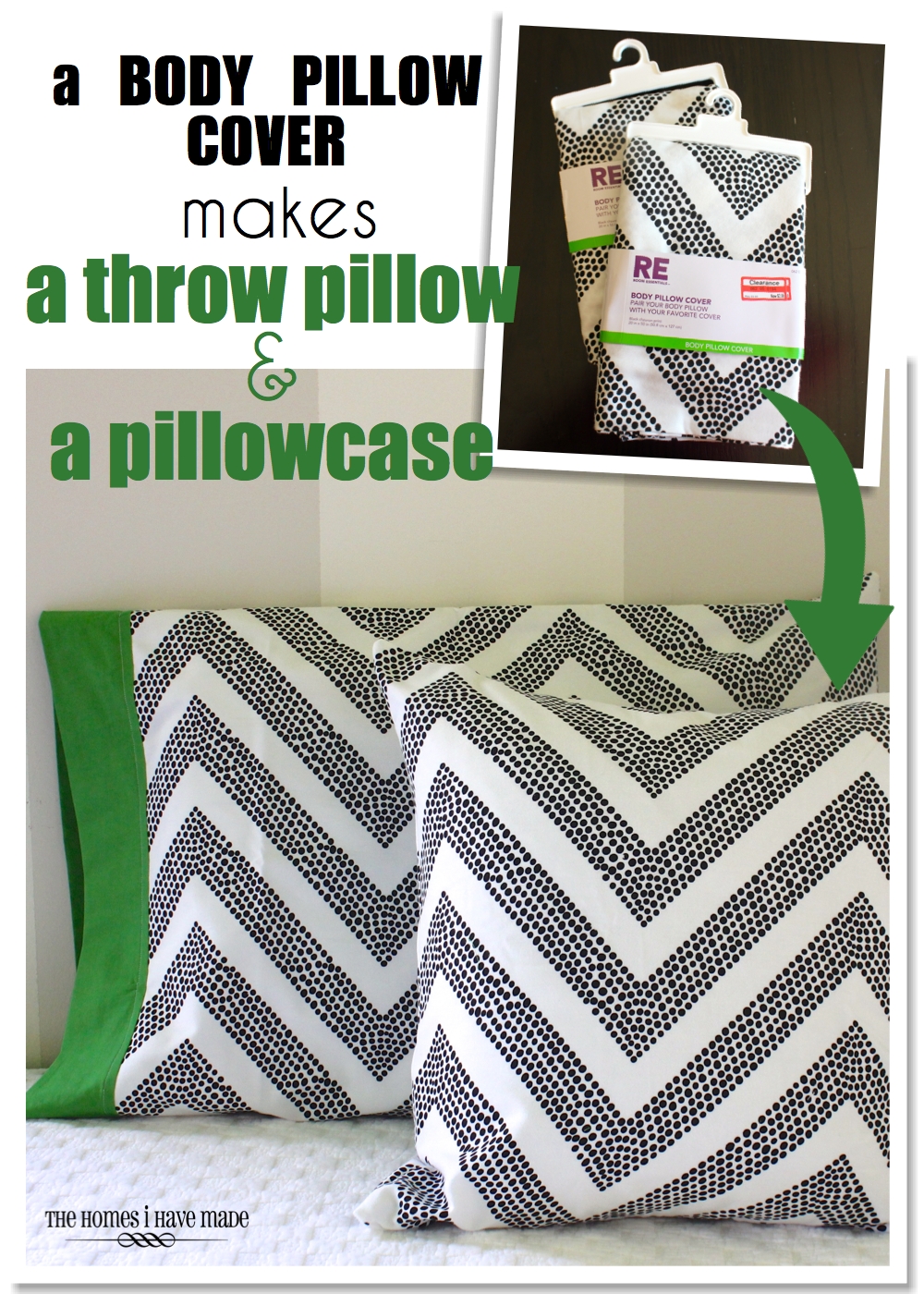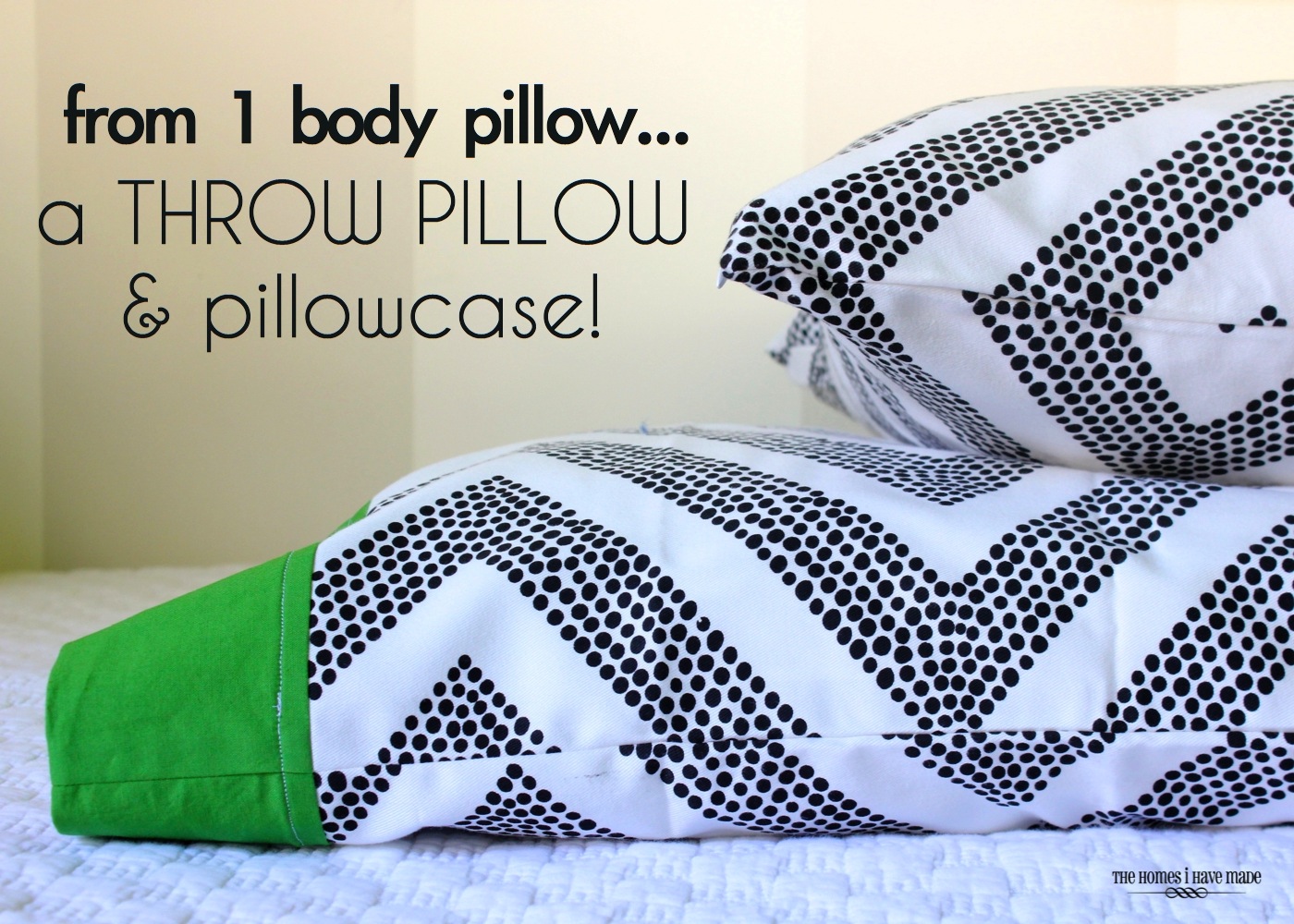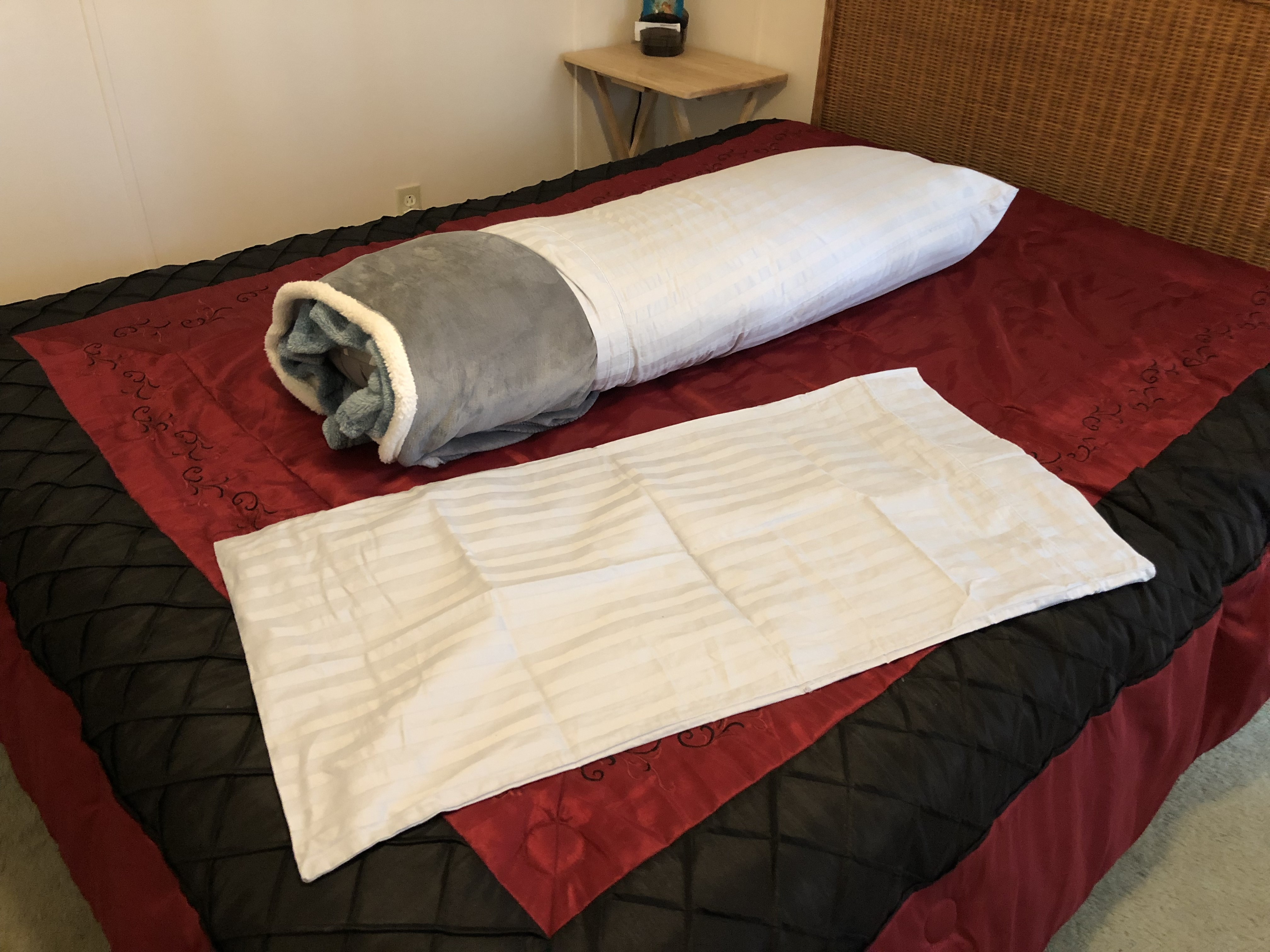How To Make A Body Pillow Cover
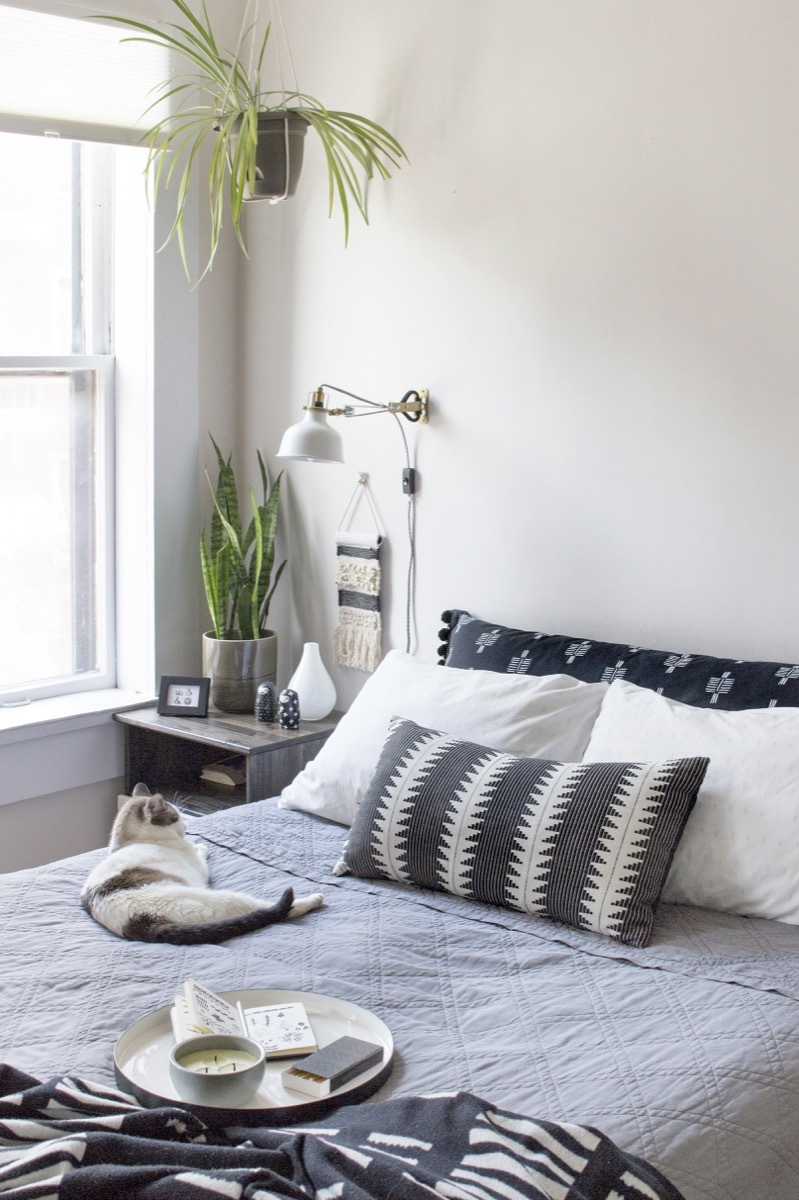
In a world increasingly focused on comfort and personalization, crafting a body pillow cover has emerged as both a practical skill and a creative outlet. Many find standard store-bought options lacking in style, durability, or proper fit, leading them to seek a bespoke solution. This article provides a comprehensive, step-by-step guide to creating a custom body pillow cover, empowering individuals to tailor their comfort and express their unique aesthetic.
The following guide details the process of making a body pillow cover, from selecting appropriate fabrics to mastering essential sewing techniques. Whether you are a seasoned seamstress or a beginner venturing into the world of DIY, these instructions will provide you with the knowledge and confidence to create a professional-looking and functional cover. We will delve into material choices, precise measurements, cutting techniques, sewing methods, and finishing touches.
Materials and Tools
Before embarking on this project, gather the necessary materials and tools. The choice of fabric is paramount, influencing the cover's comfort, durability, and aesthetic appeal. Consider fabrics like cotton, flannel, or linen for breathability and softness, or opt for more durable materials like denim or canvas for heavier use.
Fabric Selection
Cotton is a popular choice due to its affordability and ease of care. Flannel provides extra warmth during colder months. Linen offers a luxurious feel and ages beautifully. The amount of fabric required will depend on the size of your body pillow; typically, 2-3 yards of fabric will suffice.
Essential Tools
Gather the following tools: a measuring tape, fabric scissors or a rotary cutter, a cutting mat (if using a rotary cutter), straight pins, a sewing machine, matching thread, an iron and ironing board, and a seam ripper (for correcting mistakes). A walking foot for your sewing machine can be helpful when working with thicker fabrics.
Taking Measurements and Cutting Fabric
Accurate measurements are crucial for a well-fitting body pillow cover. Measure the length and circumference of your body pillow. Add seam allowances to these measurements; typically, ½ inch to 1 inch on all sides is sufficient.
Calculating Fabric Dimensions
For a simple envelope-style closure, you will need two rectangular pieces of fabric. Each piece should be the length of the pillow plus your seam allowance, and half the circumference of the pillow plus your seam allowance. For example, if your pillow is 54 inches long and has a circumference of 20 inches, each fabric piece would measure 55 inches by 11 inches (including ½ inch seam allowance).
Cutting the Fabric
Lay your chosen fabric on a flat surface, ensuring it is smooth and free of wrinkles. Using a measuring tape and fabric chalk or a fabric marker, mark the dimensions of your rectangular pieces. Carefully cut along the marked lines using fabric scissors or a rotary cutter. A rotary cutter and cutting mat provide more precision and speed.
Sewing the Pillow Cover
With the fabric pieces cut, you can now begin sewing the pillow cover. This section will guide you through creating an envelope closure for easy pillow insertion and removal. This method is straightforward and doesn't require zippers or buttons.
Creating the Envelope Closure
On one short end of each rectangular piece, fold the fabric over ½ inch and press with an iron. Fold over another ½ inch and press again. This creates a clean, finished edge. Sew along the folded edge of each piece, creating a hem.
Assembling the Cover
Place the two fabric pieces right sides together, overlapping the hemmed edges in the center. The amount of overlap determines how far the pillow will be tucked inside the cover; typically, a 4-6 inch overlap is sufficient. Pin the sides together, ensuring the hemmed edges are aligned.
Sewing the Seams
Using a sewing machine, sew along the long sides of the fabric, using a ½ inch seam allowance. Backstitch at the beginning and end of each seam to secure the stitches. Once the seams are sewn, trim any excess fabric along the seam allowance.
Finishing Touches
After sewing the seams, turn the pillow cover right side out. Use a point turner or a blunt object to push out the corners, creating sharp, defined edges. Press the seams with an iron for a polished look.
Ironing and Pressing
Pressing the seams flat is essential for a professional-looking finish. Use an iron on a setting appropriate for your fabric type. Ironing helps the seams lie flat and prevents puckering.
Adding Embellishments (Optional)
Consider adding embellishments to personalize your body pillow cover. You can add piping, tassels, or decorative stitching. Appliqués or embroidery can also add a unique touch. Remember to apply any embellishments before sewing the final seams.
Care and Maintenance
Proper care and maintenance will extend the life of your body pillow cover. Follow the manufacturer's instructions for washing your chosen fabric. Generally, machine washing in cold water and tumble drying on low heat are recommended.
Washing Instructions
To prevent fading, turn the pillow cover inside out before washing. Avoid using harsh detergents or bleach. Promptly remove the cover from the dryer to prevent wrinkles.
Storing the Cover
When not in use, store the body pillow cover in a cool, dry place. Fold it neatly to prevent creases. Consider storing it in a fabric bag to protect it from dust and sunlight.
The Future of DIY Comfort
The trend of creating personalized home goods, including body pillow covers, is likely to continue as consumers seek unique and sustainable alternatives to mass-produced items. The ability to customize size, fabric, and design empowers individuals to create truly bespoke comfort solutions. The rise of online tutorials and fabric marketplaces further facilitates this trend, making DIY projects more accessible than ever before.
Mastering the art of sewing a body pillow cover not only provides a comfortable and personalized sleep aid but also fosters creativity and resourcefulness. From selecting the perfect fabric to adding personalized embellishments, the process is both rewarding and empowering. Embrace the opportunity to create a body pillow cover that perfectly reflects your style and enhances your well-being. By following these detailed instructions, you can transform simple fabric into a cherished and functional piece of home décor.
